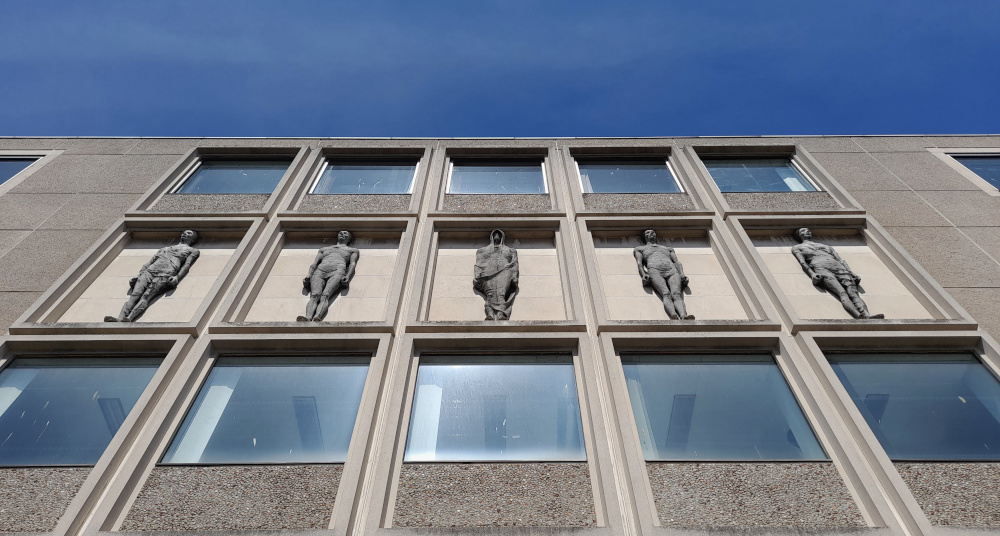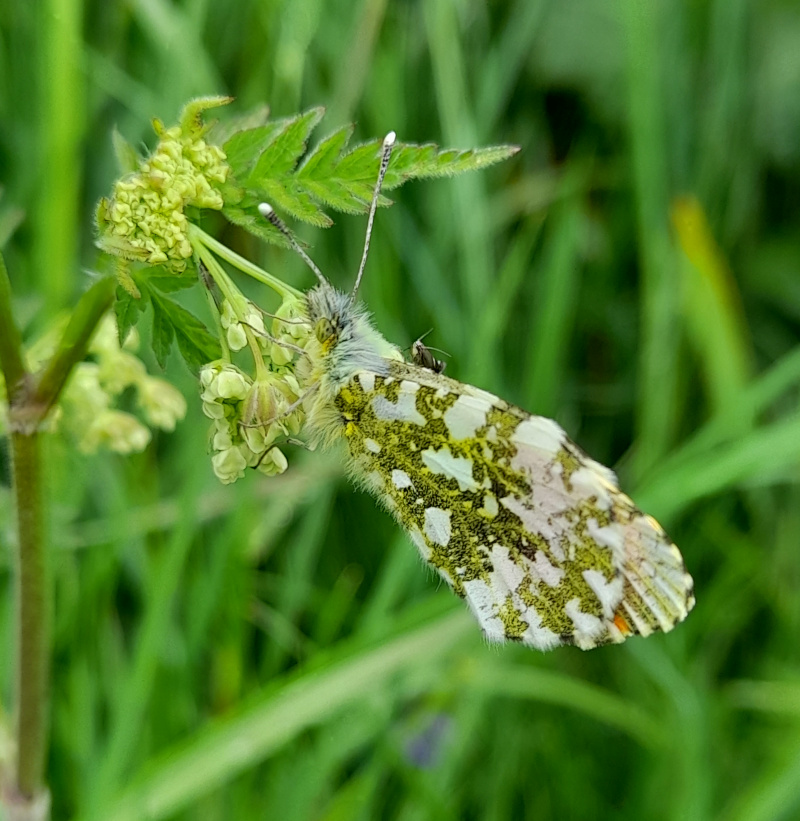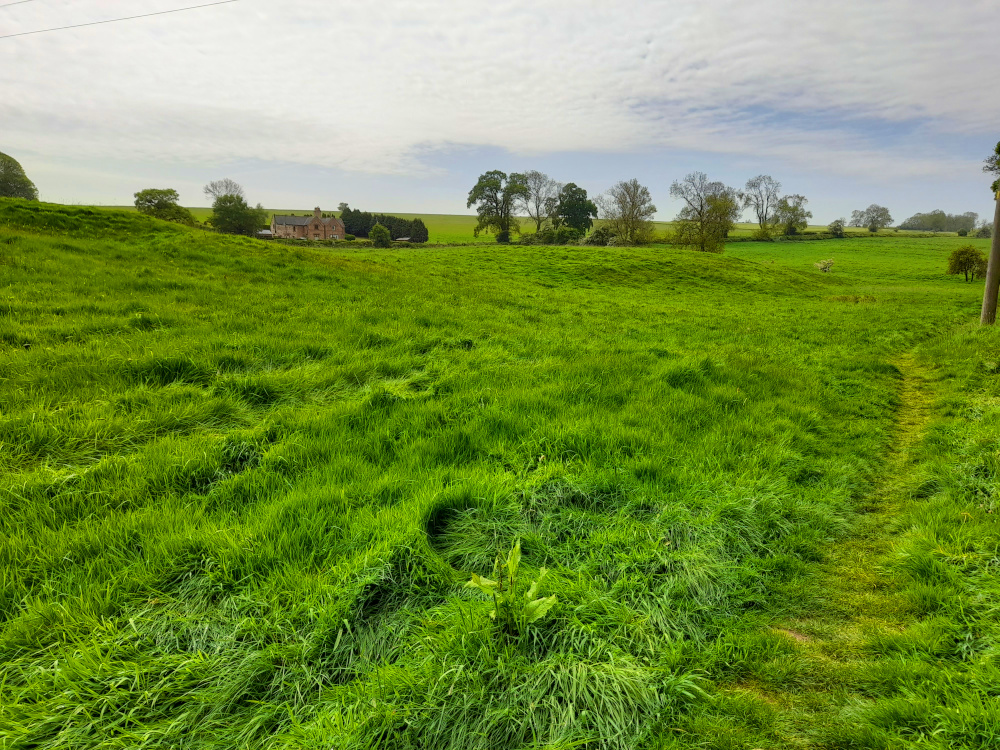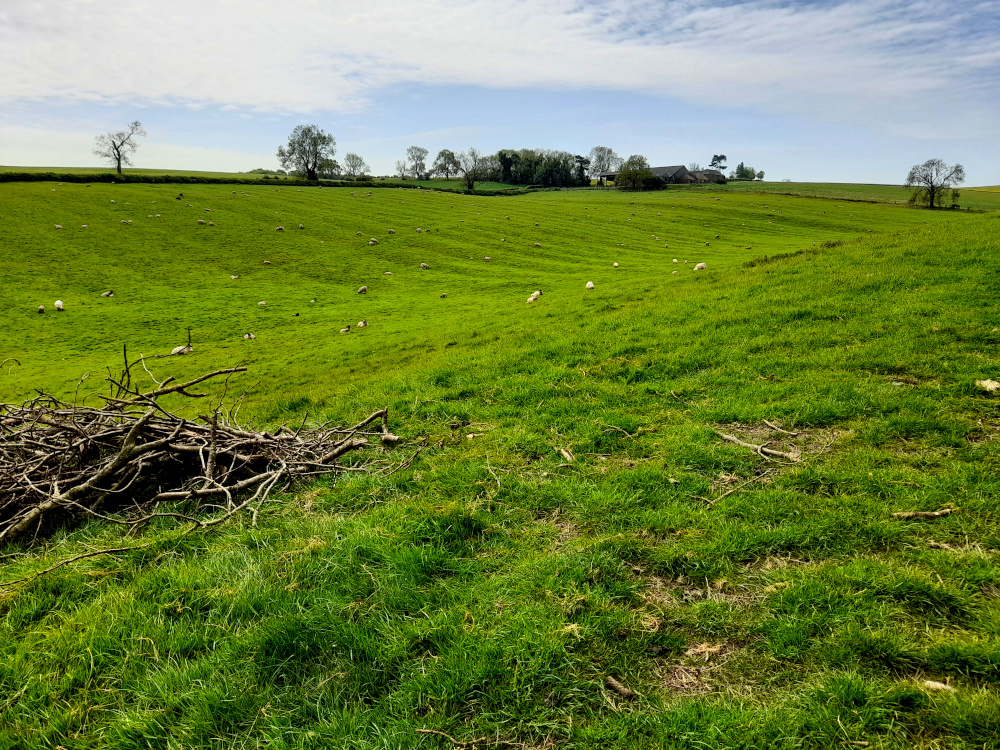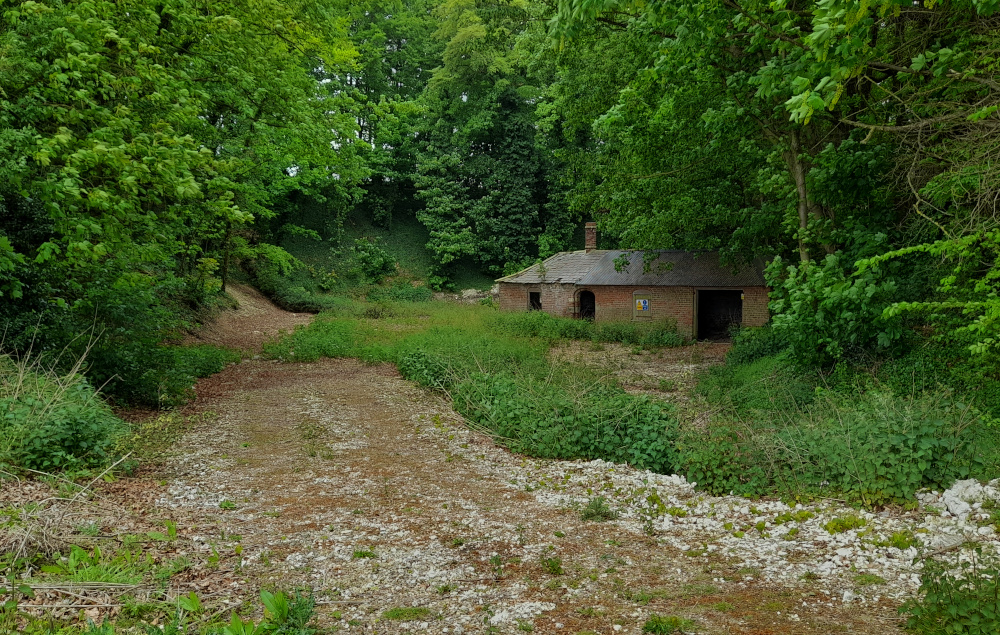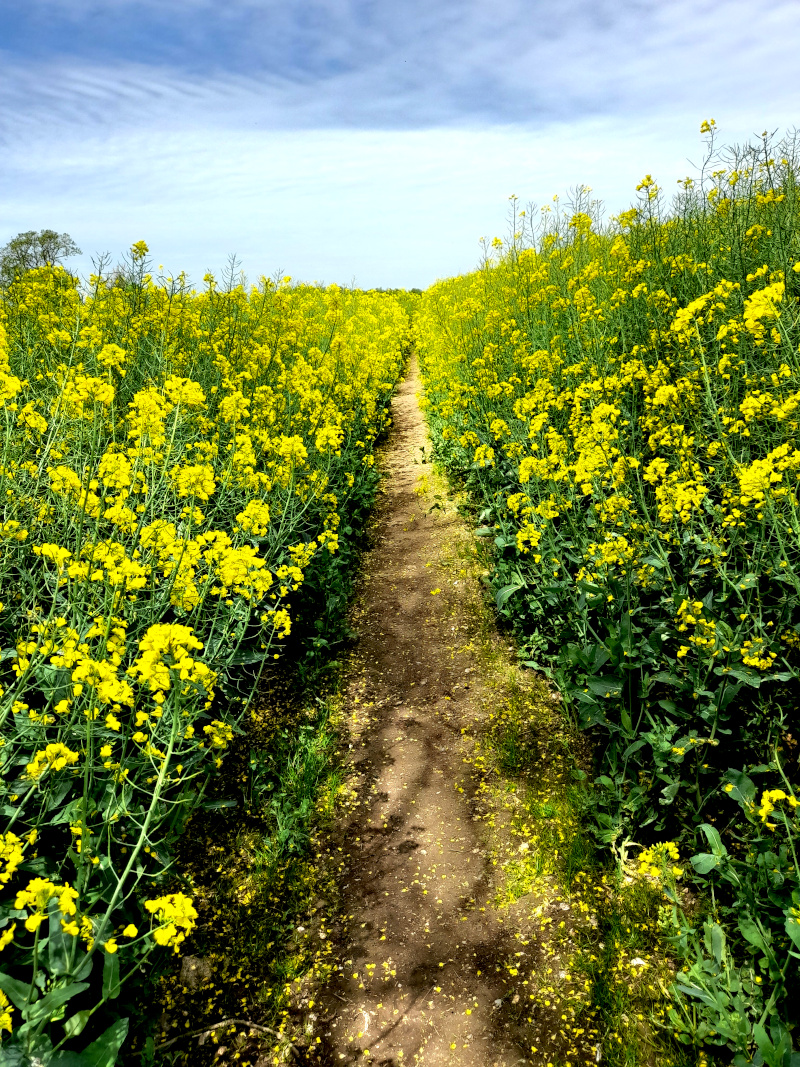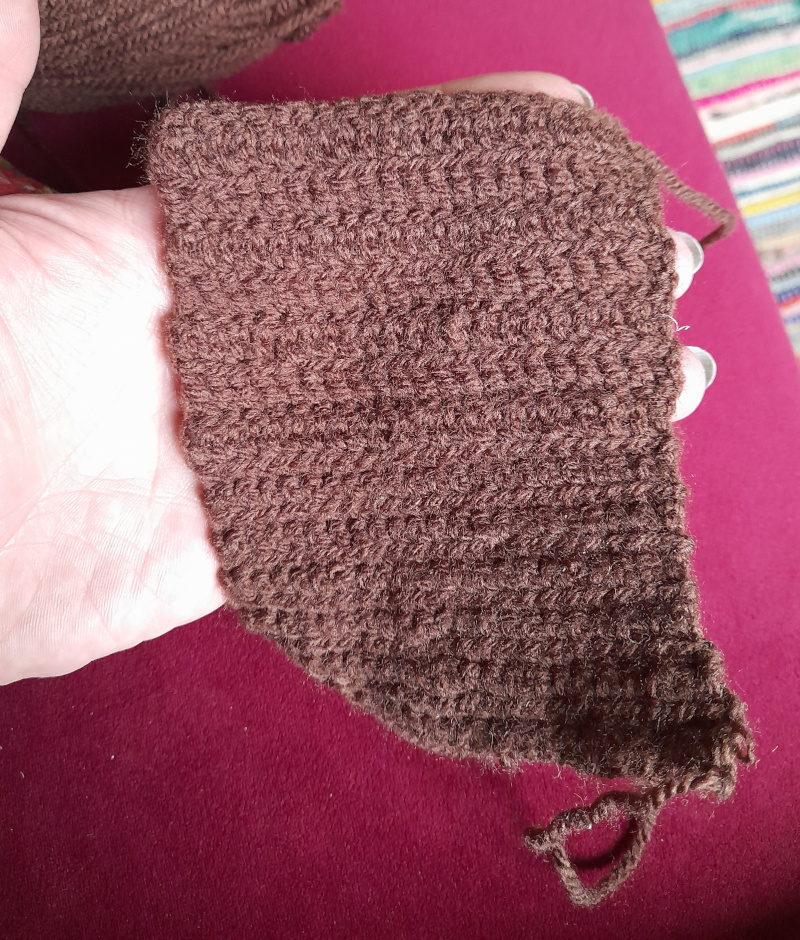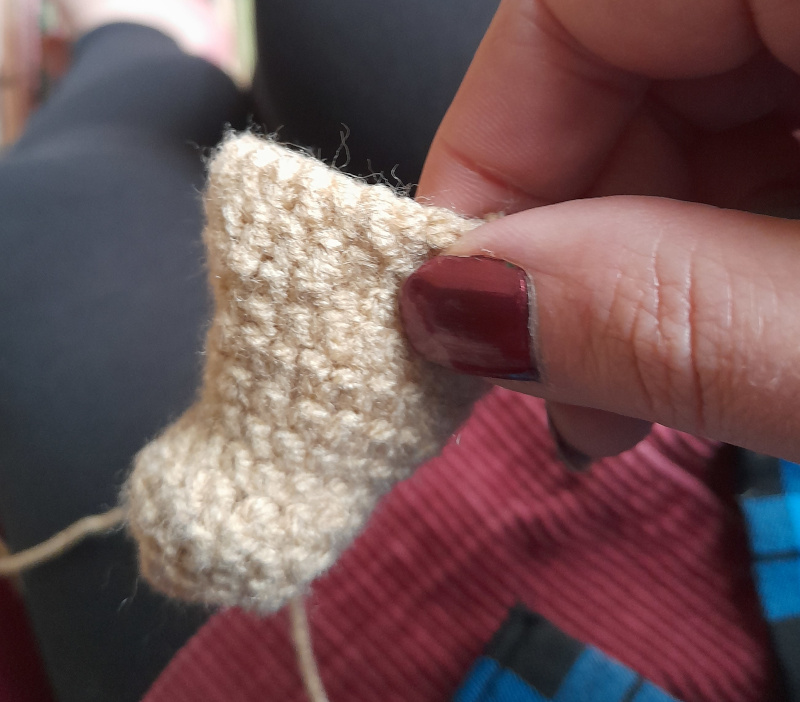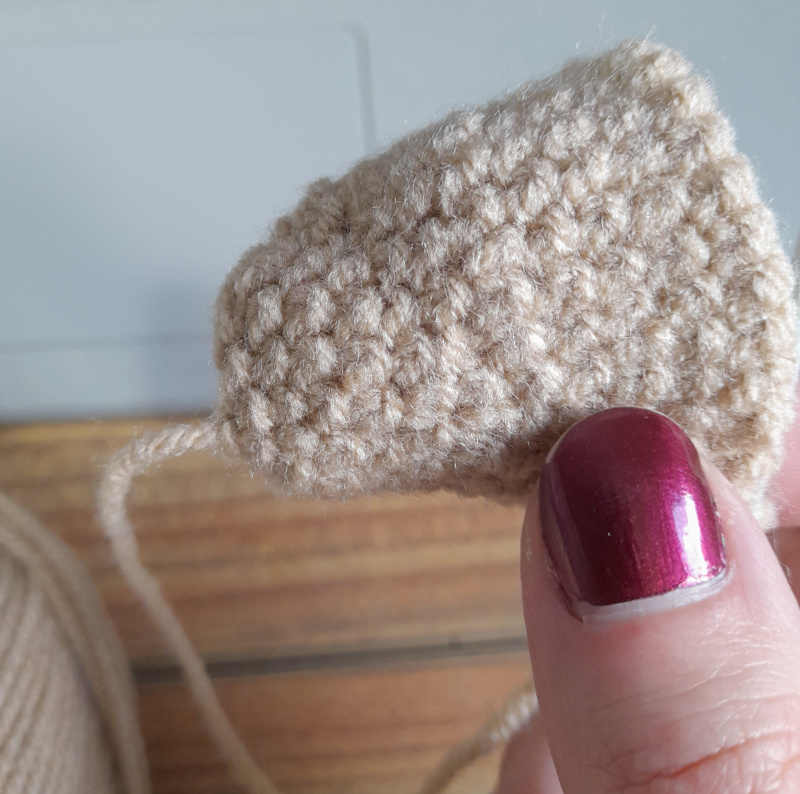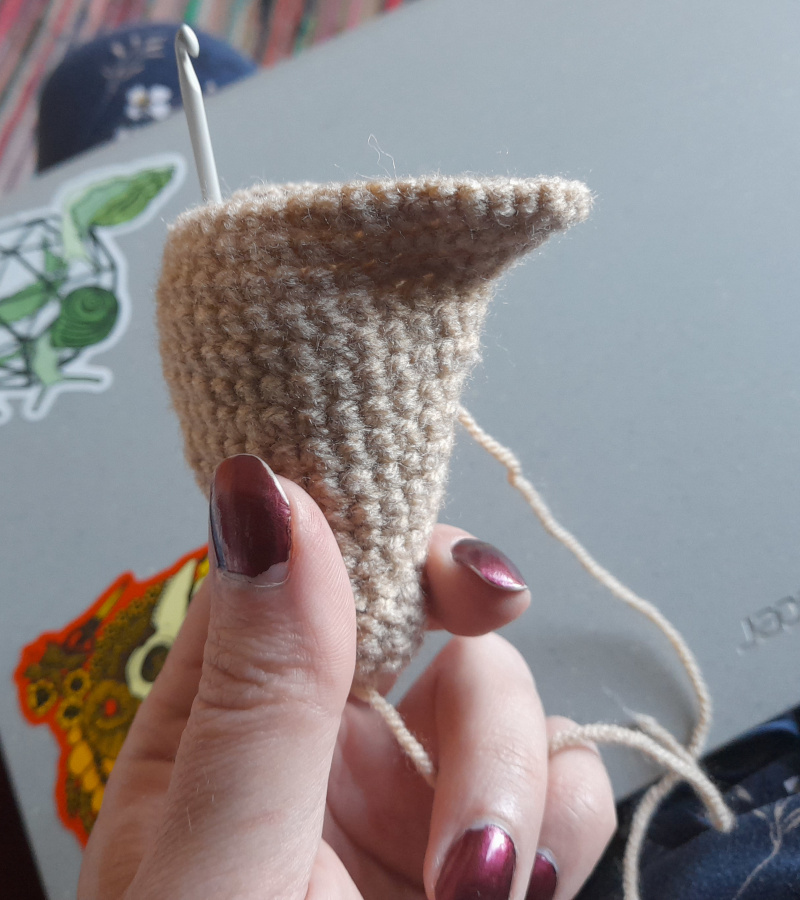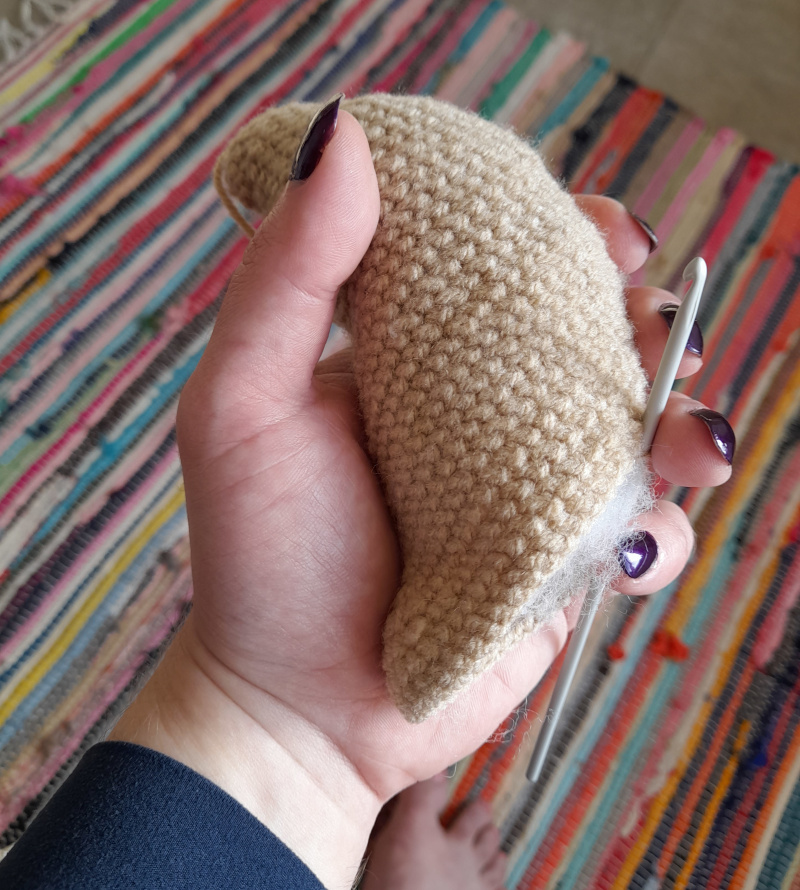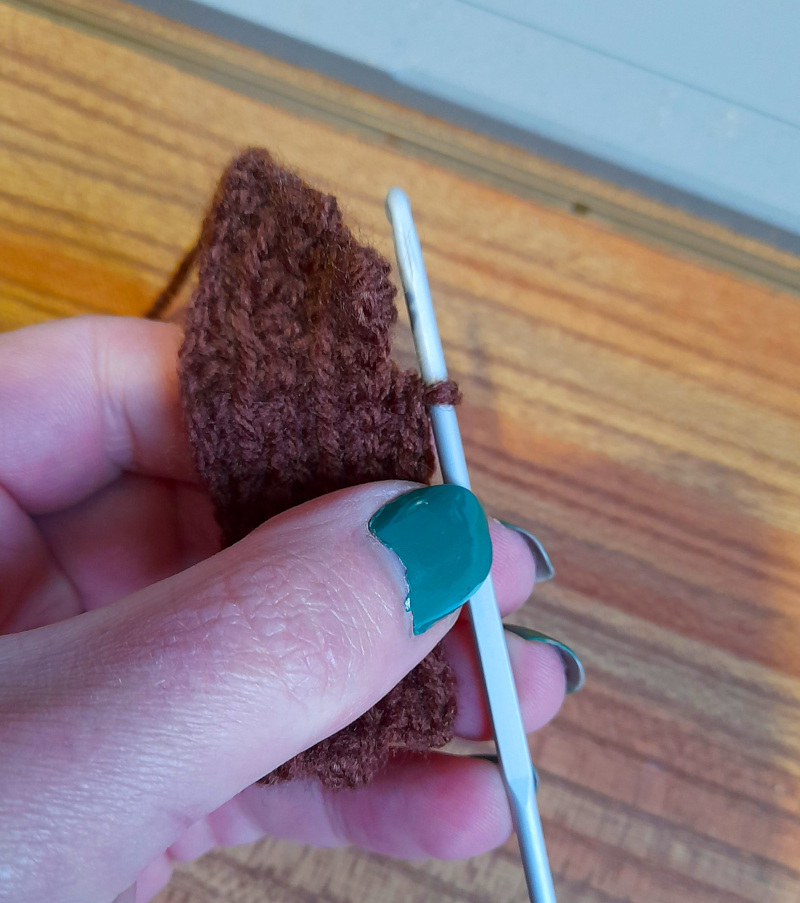This post is subtitled A summer ghost story, but it’s not a story, in that it’s true, it’s something that happened to me a few days ago.
I was driving, late at night, from Cymru to Aberhwmbr. I was getting towards the end of the journey, on the winding, twisting stretch of road between Lincoln and Faldingworth, and it was about 10.45 at night. Being the start of July, it was still twilight. The fields and hedgerows were dark, but the sky was a deep blue shading to pale orange in the north-west, and occasional clouds were either dark or light against the sky. In the distance, the red-dotted spike of the Belmont television mast stood upright on the horizon. This is the old kingdom of Lindsey: I was not far from Lissingleys, the historic central meeting-place of Lindsey, where its three Ridings came together.
The road was, for that time of night, relatively busy. This was partly because someone a few cars in front of me was taking a fairly cautious pace, so a line of traffic had bunched up behind them. I was third in the row; there were at least two other vehicles I’d noticed behind me, possibly more. There was nothing, that I recall, coming the other way.
Around Snarford Bridge, I glanced at my mirror, and saw a single headlamp on the offside of the van behind me. A biker, I thought. I saw the light pulling forward, pulling alongside the van. It seemed very yellow in colour, more yellow like a modern headlamp, like a filament builb on a low voltage. Circular, it was, and quite large for a headlamp. A biker on a vintage bike, maybe: it had been good biking weather earlier in the day, so it wasn’t surprising a few would have been out enjoying the evening.
I flicked my eyes back to the tail-lights of the car in front of me. Not a place I’d have chosen to overtake, quite a twisty stretch of road, but I could understand a biker in the middle of a string of traffic starting to get frustrated and pulling out—and as I say, there had been nothing at all coming the other way. I waited to hear the roar of the engine as the bike pulled past me, too.
Nothing; nothing loud enough to be heard over my stereo at any rate.
Still nothing.
They should have reached me now. I glanced to the right expecting to see a quiet bike coming the window, and saw nothing. I looked in my mirror, expecting to see they had pulled in behind me approaching the upcoming bend.
Nothing there. Only the van that had been there all along. The single headlamp that had pulled forward to overtake it? No, no sign.
There are no turns off that road, other than a few driveways and one small crossroads. As we ran through the next curves, I tried to get a look at the other vehicles behind to see if any of them had similar headlamps, to see if anything at all matched what I’d seen.
All modern cars, all modern outlines, nothing at all that colour or shape. It had gone. With no turnings and nowhere to go, it had gone. I shivered, involuntarily, as I started to think there was no way, really, to explain it without saying what I didn’t really want to admit. Maybe it was genuinely a ghost?
It’s hard to say, now I’m home, now it’s a few days later, if I really did see what I thought I did. For the rest of my journey, though, I kept looking behind me, convinced I’d glanced something supernatural. It was, after all, at exactly the sort of spot where a biker may well have made a bad overtaking decision at some point in the past, had thought they could overtake before the bend and had found someone coming fast the other way. To be honest the whole road is notoriously dangerous, to the extent there have been documentaries about it, so you could be forgiven for expecting there might be ghosts on every sharp corner. I’ll keep a lookout, for any other records of ghosts near Snarford, just in case there have been similar sightings in the past. For now though, as far as I know, it’s just my own private ghost sighting.
Keyword noise: ghosts, ghost story, driving, Lincolnshire, supernatural.
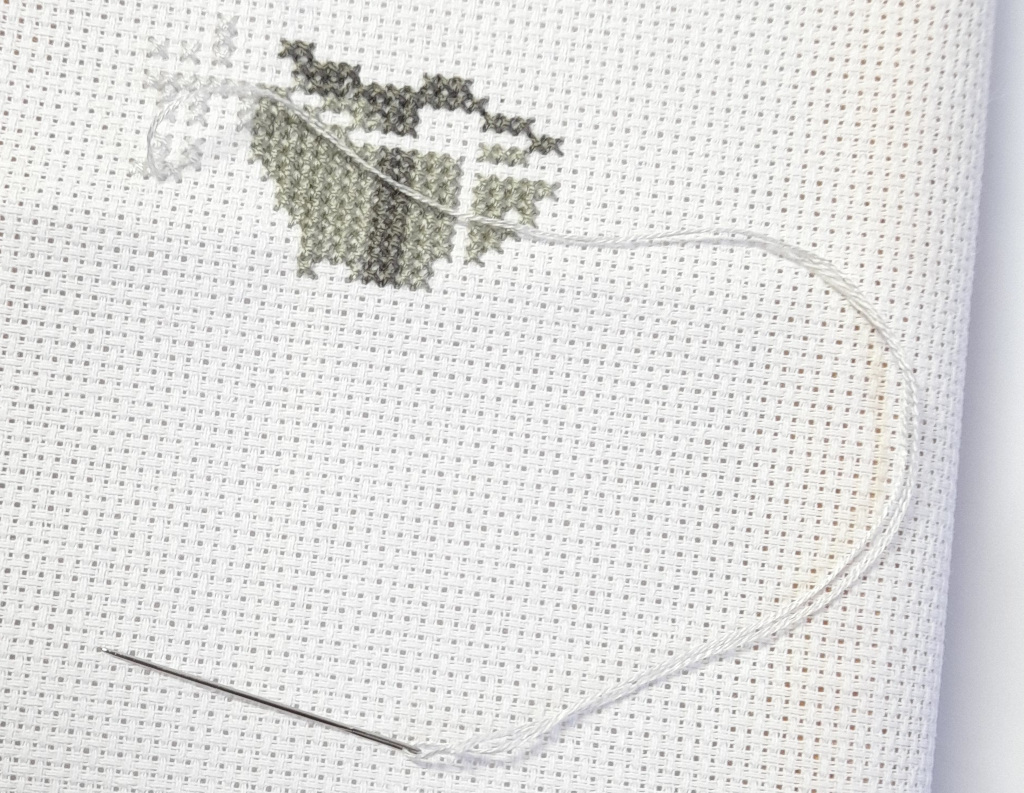
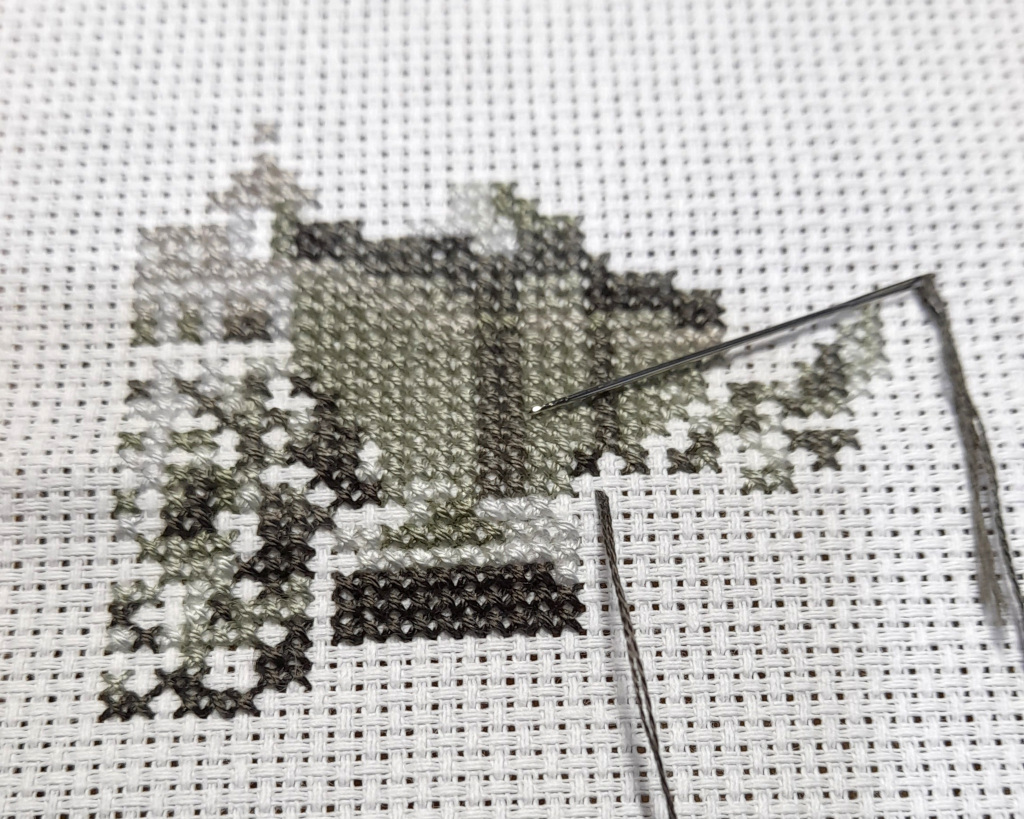
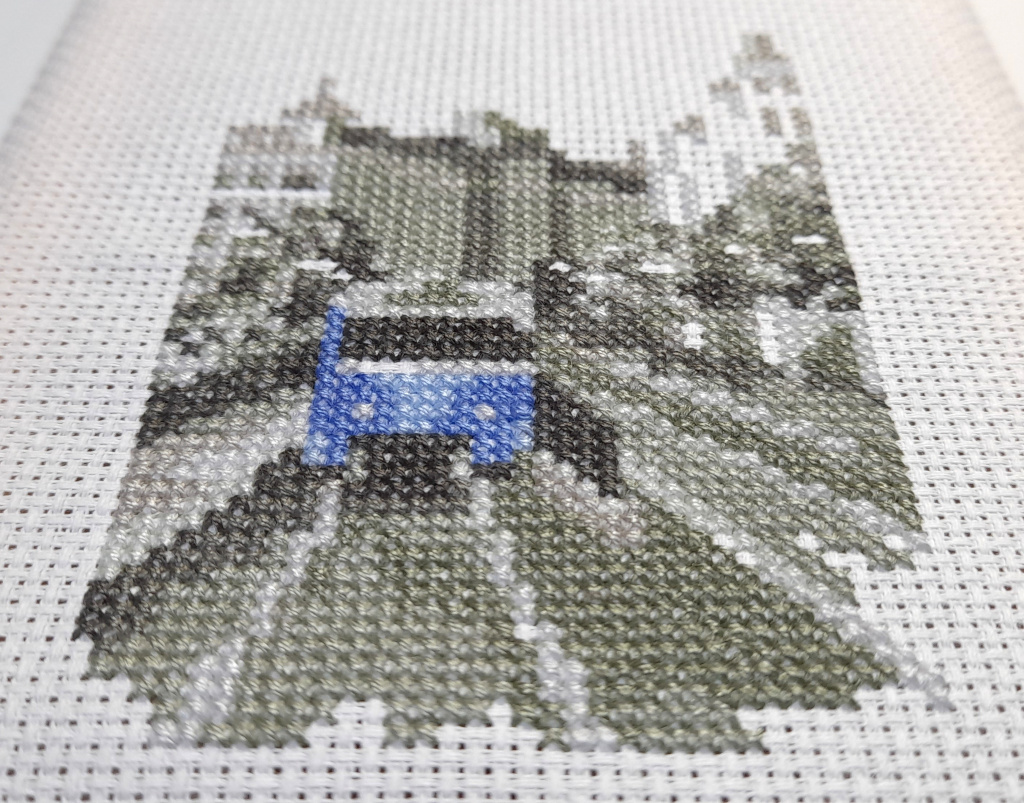

 Home
Home